Audi e-tron GT vs Hyundai IONIQ 6 – Which one offers the better deal?
Compare performance, boot capacity, efficiency and price at a glance.
Find out which car is the better choice for you – Audi e-tron GT or Hyundai IONIQ 6?
Costs and Efficiency:
Price and efficiency are often the first things buyers look at. Here it becomes clear which model has the long-term edge – whether at the pump, the plug, or in purchase price.
Hyundai IONIQ 6 has a clearly advantage in terms of price – it starts at 37600 £, while the Audi e-tron GT costs 93300 £. That’s a price difference of around 55714 £.
In terms of energy consumption, the advantage goes to the Hyundai IONIQ 6: with 13.90 kWh per 100 km, it’s distinct more efficient than the Audi e-tron GT with 17.90 kWh. That’s a difference of about 4 kWh.
As for range, the Audi e-tron GT performs slight better – achieving up to 617 km, about 3 km more than the Hyundai IONIQ 6.
Engine and Performance:
Power, torque and acceleration say a lot about how a car feels on the road. This is where you see which model delivers more driving dynamics.
When it comes to engine power, the Audi e-tron GT has a distinct edge – offering 843 HP compared to 650 HP. That’s roughly 193 HP more horsepower.
In acceleration from 0 to 100 km/h, the Audi e-tron GT is somewhat quicker – completing the sprint in 2.90 s, while the Hyundai IONIQ 6 takes 3.20 s. That’s about 0.30 s faster.
In terms of top speed, the Hyundai IONIQ 6 performs slight better – reaching 257 km/h, while the Audi e-tron GT tops out at 250 km/h. The difference is around 7 km/h.
There’s also a difference in torque: Audi e-tron GT pulls clearly perceptible stronger with 1027 Nm compared to 770 Nm. That’s about 257 Nm difference.
Space and Everyday Use:
Beyond pure performance, interior space and usability matter most in daily life. This is where you see which car is more practical and versatile.
Seats: Hyundai IONIQ 6 offers a bit more seating capacity – 5 vs 4.
In curb weight, Hyundai IONIQ 6 is clearly perceptible lighter – 1850 kg compared to 2355 kg. The difference is around 505 kg.
In terms of boot space, the Audi e-tron GT offers slight more room – 405 L compared to 401 L. That’s a difference of about 4 L.
When it comes to payload, Audi e-tron GT somewhat takes the win – 485 kg compared to 430 kg. That’s a difference of about 55 kg.
Who comes out on top?
Overall, the Hyundai IONIQ 6 shows itself to be is largely superior and secures the title of DriveDuel Champion.
It convinces with the more balanced overall package and proves to be the more versatile choice for everyday use.
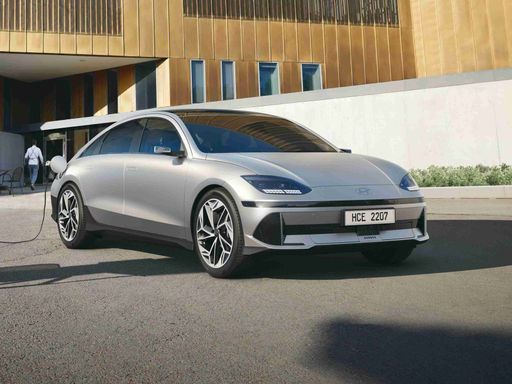
Hyundai IONIQ 6
Audi e-tron GT
The Audi e-tron GT showcases a harmonious blend of luxurious design and electrifying performance, making it a standout in the realm of electric vehicles. Its sleek, aerodynamic contours are not just for show; they contribute to a driving experience that's as smooth as it is exhilarating. Inside, the cabin exudes an air of sophistication, offering cutting-edge technology and premium materials that speak to Audi's commitment to quality and innovation.
details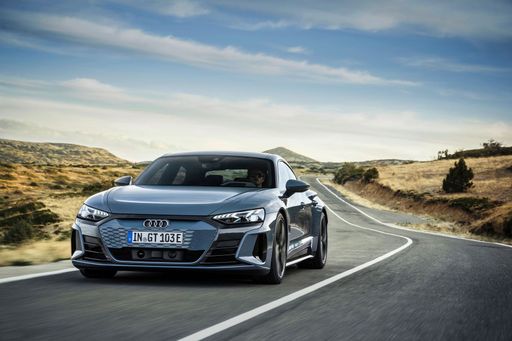 @ audi-mediacenter.com
@ audi-mediacenter.com
 @ audi-mediacenter.com
@ audi-mediacenter.com
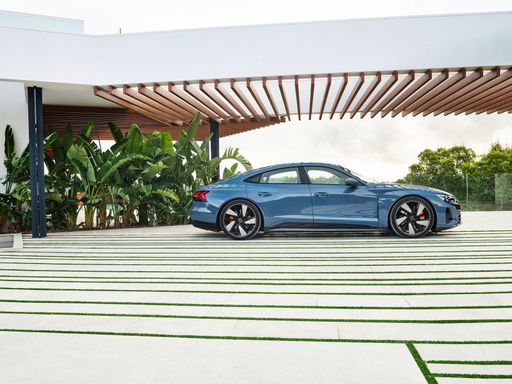 @ audi-mediacenter.com
@ audi-mediacenter.com
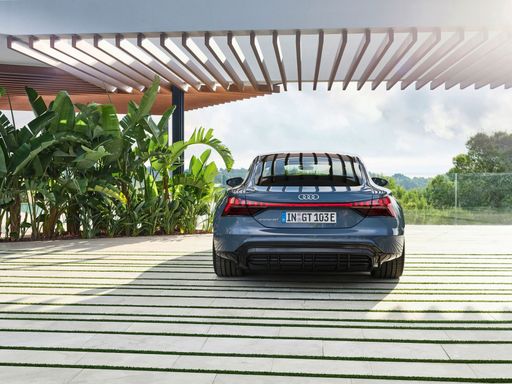 @ audi-mediacenter.com
@ audi-mediacenter.com
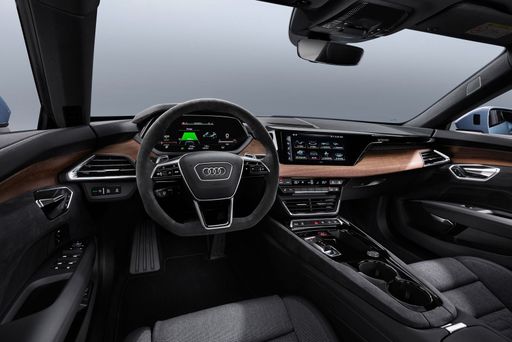 @ audi-mediacenter.com
@ audi-mediacenter.com
 @ audi-mediacenter.com
@ audi-mediacenter.com
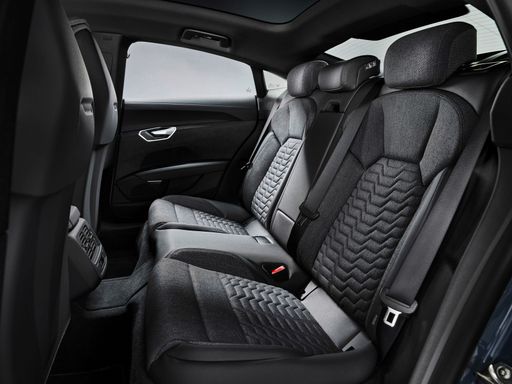 @ audi-mediacenter.com
@ audi-mediacenter.com
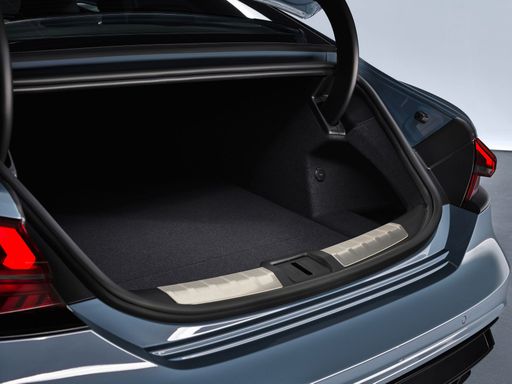 @ audi-mediacenter.com
@ audi-mediacenter.com
Hyundai IONIQ 6
The Hyundai IONIQ 6 merges futuristic design with eco-friendly technology, offering a glimpse into the future of electric mobility. Its sleek silhouette and aerodynamic profile are sure to capture attention on the road, while the interior provides a seamless blend of comfort and cutting-edge digital features. With a focus on efficiency and sustainability, this model represents a significant step forward in the evolution of electric vehicles.
details @ hyundai.news
@ hyundai.news
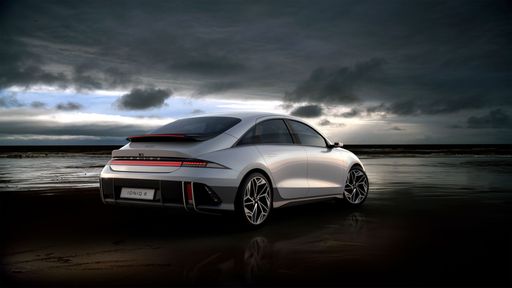 @ hyundai.news
@ hyundai.news
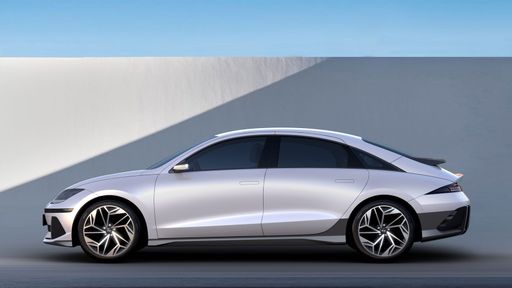 @ hyundai.news
@ hyundai.news
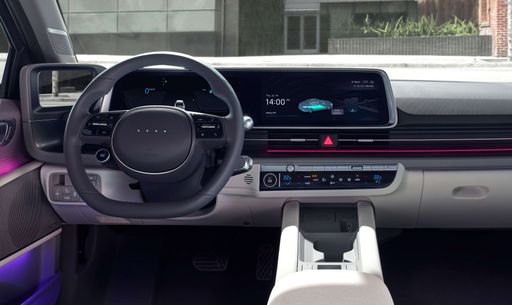 @ hyundai.news
@ hyundai.news

|

|
|
|
|
Costs and Consumption |
|
|---|---|
|
Price
93300 - 137600 £
|
Price
37600 - 64300 £
|
|
Consumption L/100km
-
|
Consumption L/100km
-
|
|
Consumption kWh/100km
17.9 - 19 kWh
|
Consumption kWh/100km
13.9 - 15.1 kWh
|
|
Electric Range
582 - 617 km
|
Electric Range
429 - 614 km
|
|
Battery Capacity
97 kWh
|
Battery Capacity
53 - 84 kWh
|
|
co2
0 g/km
|
co2
0 g/km
|
|
Fuel tank capacity
-
|
Fuel tank capacity
-
|
Dimensions and Body |
|
|---|---|
|
Body Type
Coupe
|
Body Type
Hatchback
|
|
Seats
4
|
Seats
5
|
|
Doors
4
|
Doors
4
|
|
Curb weight
2355 - 2395 kg
|
Curb weight
1850 - 2095 kg
|
|
Trunk capacity
350 - 405 L
|
Trunk capacity
401 L
|
|
Length
4997 - 5004 mm
|
Length
4855 - 4935 mm
|
|
Width
1964 mm
|
Width
1880 - 1940 mm
|
|
Height
1379 - 1394 mm
|
Height
1495 mm
|
|
Max trunk capacity
-
|
Max trunk capacity
-
|
|
Payload
455 - 485 kg
|
Payload
425 - 430 kg
|
Engine and Performance |
|
|---|---|
|
Engine Type
Electric
|
Engine Type
Electric
|
|
Transmission
Automatic
|
Transmission
Automatic
|
|
Transmission Detail
Reduction Gearbox
|
Transmission Detail
Reduction Gearbox
|
|
Drive Type
All-Wheel Drive
|
Drive Type
Rear-Wheel Drive, All-Wheel Drive
|
|
Power HP
592 - 843 HP
|
Power HP
151 - 650 HP
|
|
Acceleration 0-100km/h
2.9 - 4 s
|
Acceleration 0-100km/h
3.2 - 8.8 s
|
|
Max Speed
245 - 250 km/h
|
Max Speed
185 - 257 km/h
|
|
Torque
625 - 1027 Nm
|
Torque
350 - 770 Nm
|
|
Number of Cylinders
-
|
Number of Cylinders
-
|
|
Power kW
430 - 620 kW
|
Power kW
111 - 478 kW
|
|
Engine capacity
-
|
Engine capacity
-
|
General |
|
|---|---|
|
Model Year
2024 - 2025
|
Model Year
2022 - 2025
|
|
CO2 Efficiency Class
A
|
CO2 Efficiency Class
A
|
|
Brand
Audi
|
Brand
Hyundai
|
Is the Audi e-tron GT offered with different drivetrains?
Available configurations include All-Wheel Drive.
The prices and data displayed are estimates based on German list prices and may vary by country. This information is not legally binding.
